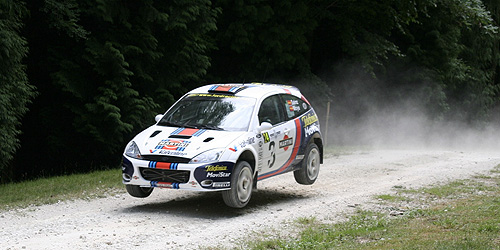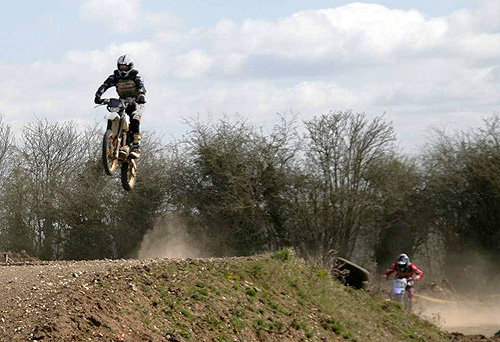Do you really need to buy the lens your heart most desires? Or is the lust for the equipment seducing you?
My friend is convinced he needs to buy a long lens. He wants to buy the 120-400 mm Sigma Zoom Lens. Looking at Internet reviews and comments shows it is a fine lens. It is reviewed as a great performer and well suited to long-shot wildlife photography and its like. The lens is also billed as a good performer at very close shots for flowers and other small objects.
Wildlife photography experience shows that how long you wait in the bush maybe more effective than how long your shot is. World class photographers become successful with patience, experience, skill and a little luck. Long lenses help, but the skill and experience will be the deciding factor.
The 120-400 mm Sigma Zoom Lens costs more than £700. It is a well-reviewed lens with a good reputation. But things are not always what they seem. I wondered what would it be like for him? On a cropped sensor the quoted focal lengths are longer. My friend has a Canon 60D. A fine camera with a 1.6x cropped sensor. Lens focal lengths are quoted against a full-frame sensor (35mm). The ‘crop factor’ indicates you need to multiply it by the quoted focal length to get the effective focal length for that lens. So, multiply the crop factor (1.6) by the focal length (120). Thus, working through, 1.6 x 120 = 192mm at lower end of the focal range. At the top end the focal length is 1.6 x 400 = 640mm. This lens, on a cropped sensor, has an effective focal length of 192 to 640mm.
As a generalisation, long range photography tends to be a double edged sword. Many of the shots taken at long range could easily be done at closer range – probably with better results. So a sharper shorter range lens would be more use – when combined with a hide and, or, a patient vigil. Long range lenses do not justify their expense unless you use them. If you do a lot of photography where it is impossible to get closer to the subject they are fine. Birds on cliffs are a possible example.
At nearly 200mm the short end of the focal range on this lens means that objects you are looking at may be a bit bigger than is ideal for everyday photography. Long distance focus is not always the great thing that some people think it is. My experience with lenses shows that the further you get from the normal range of the human eye (approx. 50mm equivalent), the less use the lens gets. That will of course NOT be true if you have a speciality interest you pursue regularly – like photographing birds on cliffs.
I advised my friend that the lens is well-reviewed. However, he is not regularly in places where he cannot get closer to the subject. He is not a keen bird watcher and does not spend hours shooting objects or animals from long distances. So how much use will that focal range be to him? Unless he radically changes his current lifestyle and photographic interests he would be better buying a lens in the shorter focal length range. Most of his current shots are ideal for the range 50mm to say, 200mm. He will get more use and fun out of higher quality, shorter range lens than one that gives him long distance vision.
There is a lesson here. Before you spend a lot of money on a lens make sure it is what you really need. ‘What you want’ and ‘what you need’ are different. It is fine if you can afford to buy a speciality lens – in fact this is a great lens. If you need to save up for something you are only going to use once a year – don’t throw your money away. I advise that you borrow or hire a speciality lens to try it out for a weekend or a few times in order to get a feel for it before you commit hard-earned cash.
![]()





